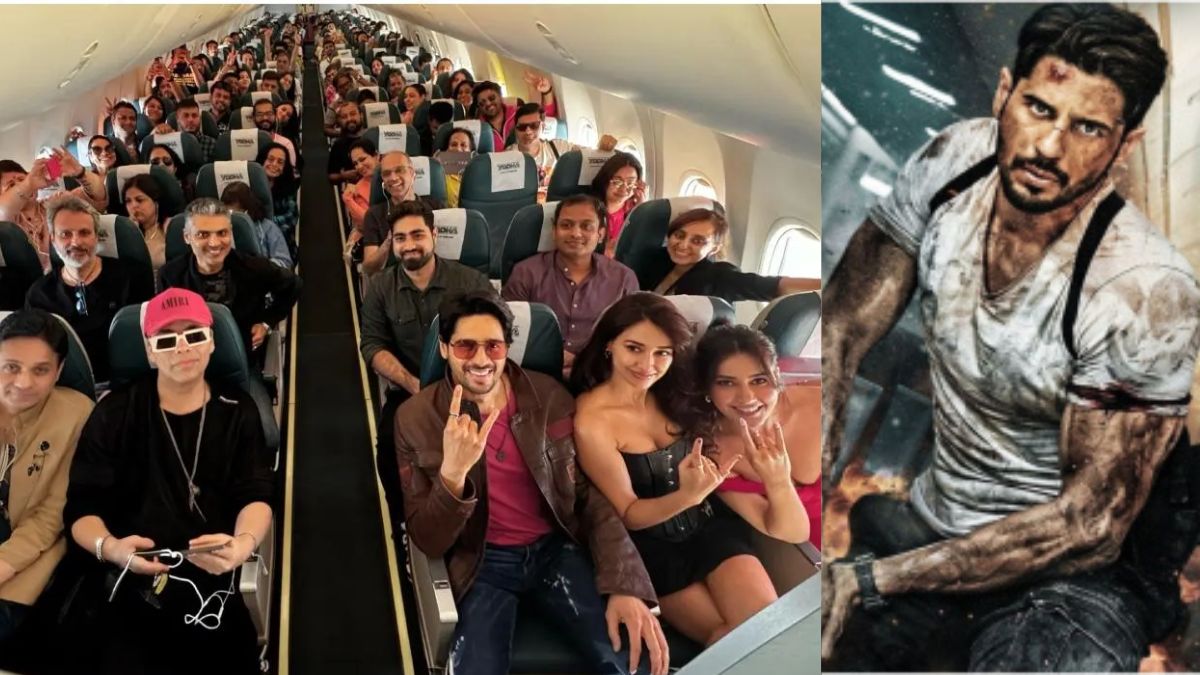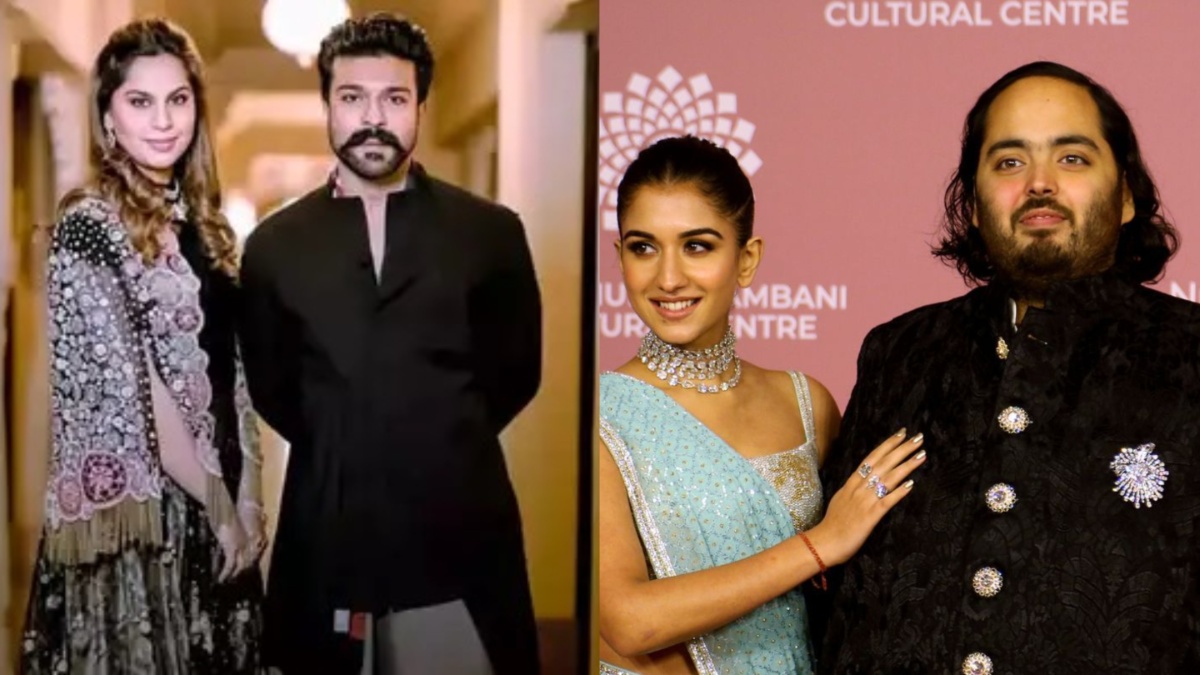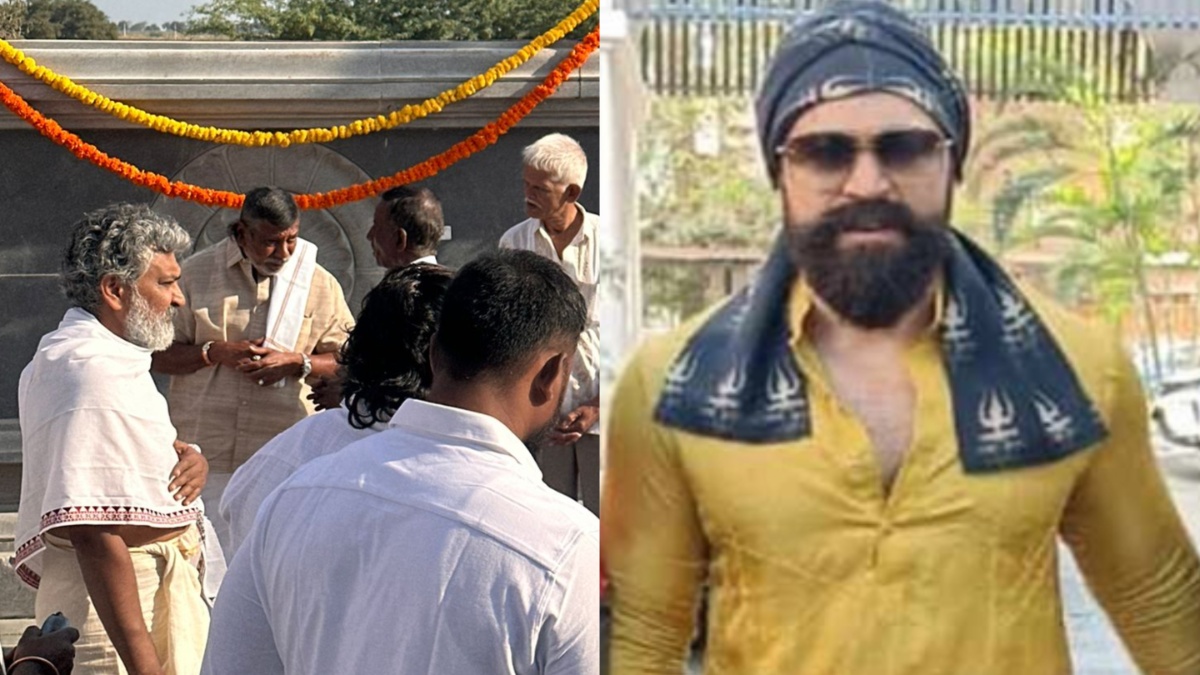To those who thought India would never do it, Rajamouli wrestling the Best Director award at the New York Critics Circle comes as a shock. The New York Critics Circle is not a small provincial award. It is HUGE, and normally seen as a precursor to the Oscars where, of course, Rajamouli’s film is not representing India.
So where does that leave RRR ? I would say very high on the Oscars’ list as an independent nominee. The New York Critics Circle is composed of the most eminent critics of the world who choose their favourites. Last year Jane Campion was the NY Critics’ Circle’s choice for her stunning The Power Of The Dog. It won the Oscar for Best Director. Likewise the year before Chloé Zhao was chosen by the New York Critics Circle and for the Oscar for the numbingly nubile Nomadland.
It is difficult to put an exact measure on how prestigious it is for Rajamouli to win the Best Director at the New York Critics Circle award. Suffice it to say, that no Indian filmmaker, not even Satyajit Ray has earned this honour. Earlier winners have been the likes of Alfred Hitchcock. David Lean, John Huston, Elia Kazan, Martin Scorsese, Ingmar Bergman, Francois Truffaut , Federico Fellini and Billy Wilder.
So what makes Rajamouli’s film so global in appeal? Why has Rajamouli defeated the likes of Steven Spielberg (The Fabelmans), Sarah Polley (Women Talking), Todd Field (TAR), the Daniels (Everything Everywhere All At Once), and Damien Chazelle (Babylon) to become the NY critics’ choice for best director?
This is not an easy question to answer. Just why they loved the film — was it the entire showing of the middle finger to British colonists that appealed to these posh critics — we can’t tell. And how does this singular victory impact the Oscars, as the film officially chosen as India’s entry is Pan Nalin’s Chhello Show which is my opinion a far superior film.
RRR is three hours of non-stop hecticity. Rajamouli wants every frame to exhale a breath of flushed air. It’s all about size. And those who think otherwise are unfamiliar with the Rajamouli school of thought. His cinematic vision is many sizes larger than what an average blockbuster builder of Bollywood imagines to be epic in scope.
There are many extraordinary action sequences in RRR. Rajamouli unleashes a brutal sensory assault. Hundreds of junior artistes (good-looking ones, let me hasten to add) participate in the pitched battles where the Gora Log are shown their place. Manoj Kumar’s Kranti did it 41 years ago.
Bullets and arrows fly from all directions while our two heroes do a Jai and Veeru from Sholay including of course a Dosti song. Their bonding makes for a perfect love story. What was the need to bring in a female love interest for both of them when the heroes love each other to death?
RRR is loads of fun to watch. But it is bereft of an emotional under life. In this conspicuous absence, the narrative chooses the path of choreographed action as the only panacea to kill the looming sense of lopsidedness in the plot. The women including Alia Bhatt are just faint sketches while even the minor male characters are given a prominent place in the plot.
The action sequences are to die for. Comparable with their counterparts from any part of the world. What is missing is character-driven drama and a more controlled narrative pitch. So what exactly is the New York Critics Circle honouring? The jumbo size, the curry flavour, the blustering bromance? Let’s not question why. Let’s just celebrate this singular honour.
Subhash K Jha is a Patna-based journalist. He has been writing about Bollywood for long enough to know the industry inside out.
Read all the Latest News , Trending News and Entertainment News here. Follow us on Facebook , Twitter and Instagram .
)
)
)
)
)